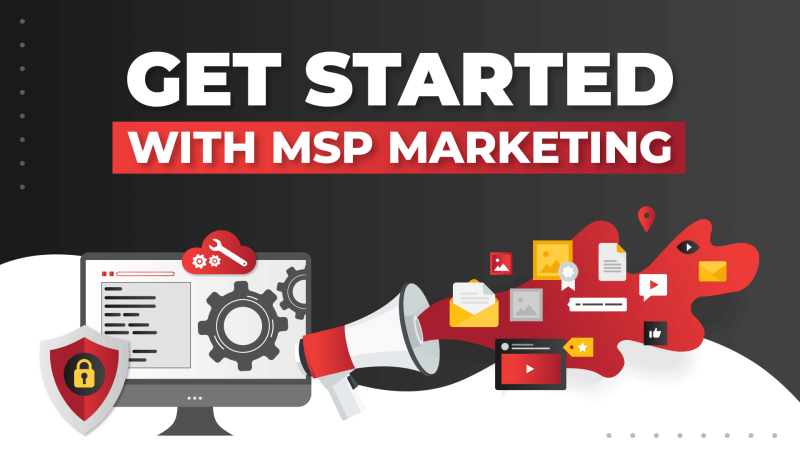 Raise your hand if you’ve ever bought a gift, confident that the recipient would absolutely love it, and totally missed the mark. As in, sleeping on the couch or in the doghouse, missed the mark.
Raise your hand if you’ve ever bought a gift, confident that the recipient would absolutely love it, and totally missed the mark. As in, sleeping on the couch or in the doghouse, missed the mark.
You probably based your gift buying decision on your own opinion or something you thought the recipient might need, but not what they actually want. It’s also easy to make this mistake with your marketing.
‘Tis the season for both holiday shopping and annual planning, so I’m here to give you some advice that could make your Christmas a little brighter and your New Year more profitable. Believe it or not, the principle is very similar.
The CORE of what I teach is summed up in a favorite quote from my long-term mentor Nido Qubein: “Who your customer is today is a piece of data; who your customer should be is a piece of strategy.”
Yet most business owners do not discriminate who they take as a client, much less take a strategic approach to finding and attracting them. More leads, any leads; more clients from any source in any manner. Quantity over quality.
Further, once they identify who they want, they make no plans for structuring their services and marketing to appeal to THAT type of client.
Let me be VERY clear: As long as you refuse to clarify WHO your target market is and really dig in to understand them and THEN use that information to construct products, services and marketing messages that have a strong appeal for them, your fate is going to be one of commoditization, mediocrity and poverty.
So let’s start with a few fundamentals:
#1: If you cannot describe in detail WHO you want as a client, you can’t possibly be effective at building a business, period. How can you build a list or write content for your website if you cannot clearly define who you are trying to persuade? Surely a practice manager at a small doctor’s office needs to be talked to differently than the CEO of a large construction company – and trying to broaden your message and approach is the fastest road to failure.
#2: Once you have identified the “WHO,” and ONLY after you’ve identified the who, you can go about building the mousetrap (or moose/bird/reptile/etc. trap) that will appeal to that client. It is SO easy to get sucked into focusing on the deliverable over the client. It’s what you know and love. It’s what you *think* your business is about.
That’s why most do the exact opposite, building the mousetrap first by modeling on what everyone else is doing, then setting it out in the hope that a moose shows up and gets a toe trapped.
If you want to succeed, you must be MARKET-DRIVEN, focused on what your CLIENTS want, not product/service-driven, focused on what everyone else is doing, “best practices” and how things have always been done around here. No breakthroughs come from that type of thinking.
You must constantly ask yourself, what will my chosen target market buy? What do they want that they aren’t getting now?
Uber was able to take a HUGE piece of business away from taxis because they eliminated a number of irritants people had with rude, smelly, difficult cab drivers. Starbucks crushed Dunkin’ Donuts NOT because they had better coffee, but because they created the “third place,” delivering an experience where coffee was just part of the equation – NOT by focusing on making better coffee. Both companies charge a premium because they are MARKET-DRIVEN.
So, as a good end-of-year exercise, take a look at these questions and see how accurate and detailed you can be with your answers regarding your target market. If you cannot answer them, OR if you’re a little fuzzy on one or more, you’ve got some work to do:
- Who is/are the primary decision maker(s)? Who influences the decision?
- What are the most common situations/problems that drive them to seek out your services? (Hint: This should be the focus of marketing communications, including your website. Are you a _______ struggling with ______?)
- What are their primary goals? What KPIs are they focused on?
- Operationally, what are their top three biggest headaches?
- What is their buying criterion for what you sell? How “savvy” of a buyer are they?
- What other characteristics make them a good client?
- Where do they get their information? What associations do they belong to? What conferences do they attend?
If you’re new here, we have a little gift we think you’ll love. Download our free report and video “6 Ways To Double MSP Sales And Clients Without Spending A Dime On Marketing Or Advertising” at https://technologymarketingtoolkit.com/sixways today!







